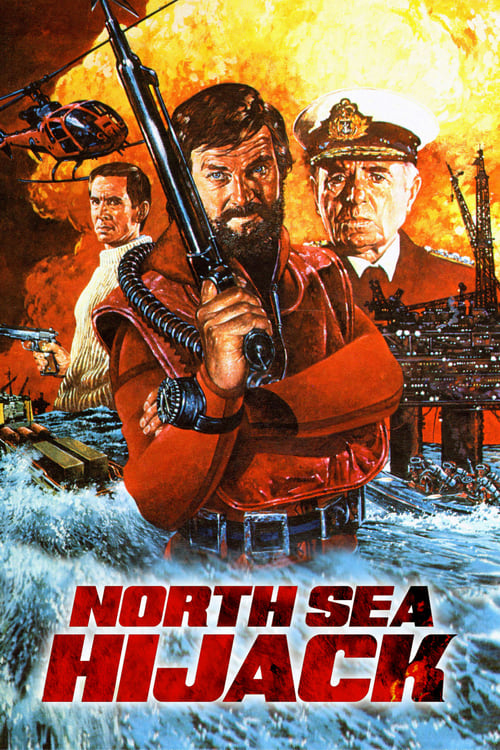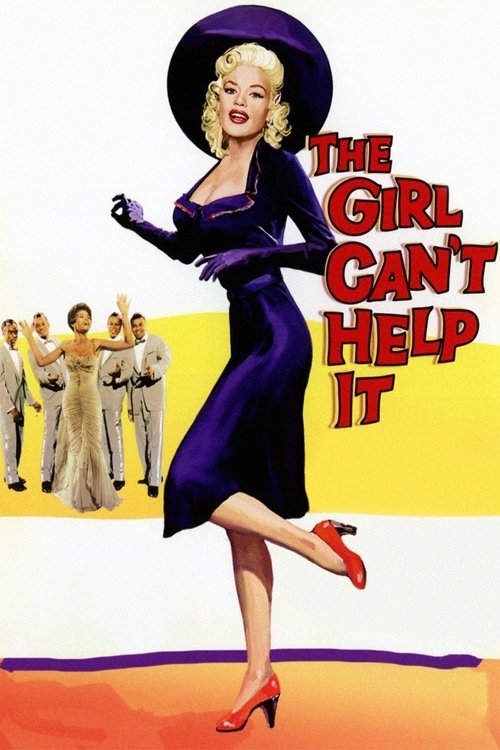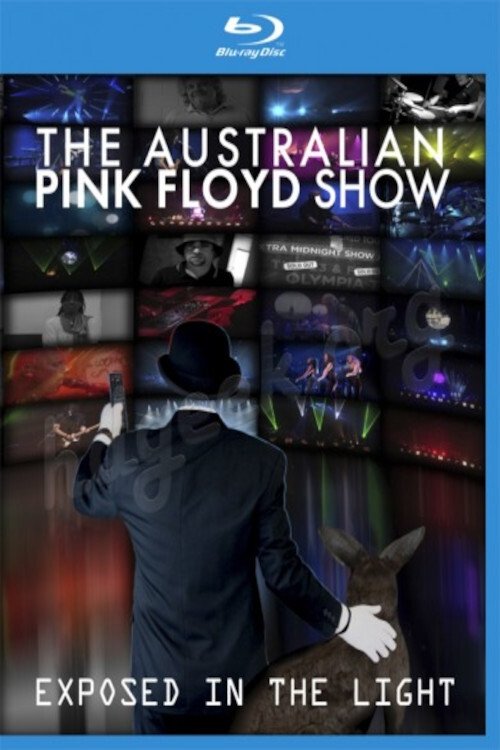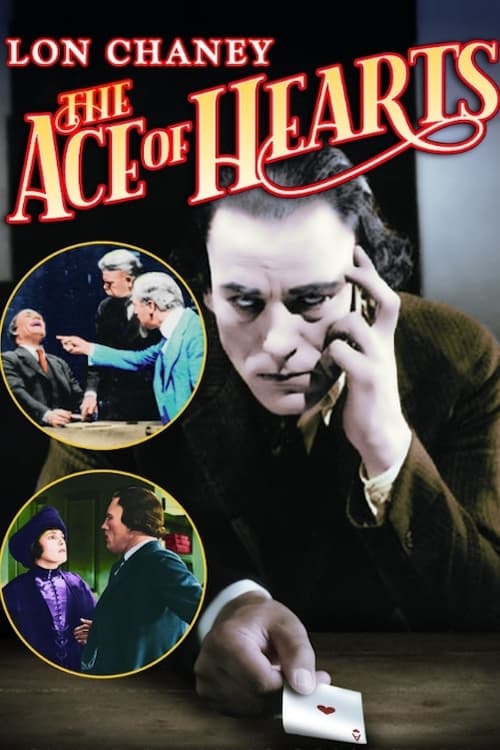
1945
The Picture of Dorian Gray
Drama, Horror, Fantasy
8.0
User Score
278 Votes
Status
Released
Language
en
Budget
$0
Production
Metro-Goldwyn-Mayer
Overview
A corrupt young man somehow keeps his youthful beauty, but a special painting gradually reveals his inner ugliness to all.
Review
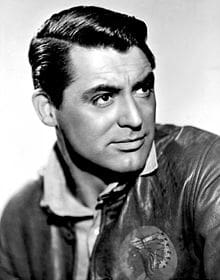
John Chard
9.0
It's only shallow people who require years to get rid of an emotion.
The Picture of Dorian Gray is directed by Albert Lewin, and he also adapts the screenplay from the novel written by Oscar Wilde. It stars Hurd Hatfield, George Sanders, Angela Lansbury, Donna Reed, Peter Lawford, Lowell Gilmore, Richard Fraser and Douglas Walton. Music is by Herbert Stothart and cinematography by Harry Stradling Sr.
Dorian Gray of Mayfair and Selby.
Oscar Wilde's Faustian tale about a young Victorian gentleman who sells his soul to retain his youth is given a magnificent make-over by MGM. Pumping into it a budget reputedly of $2 million, the look and feel is perfect for this macabre observation of vanity, greed and self destruction. In many ways it's still an under valued movie, mainly because there will always be Wilde purists who think it lacks the writer's poetic spikiness, while horror fans quite often venture into the picture expecting some sort of violent classic ripe with sex, drugs and debauchery unbound.
Lewin crafts his film in understated manner, never allowing the themes in the source material to become overblown just for dramatic purpose. He cloaks it all with an atmosphere of eeriness, thus keeping the debasing nature of Dorian Gray subdued. The horror aspects here mostly are implied or discussed in elegantly stated conversations, where the horror in fact is purely in the characterisation of Dorian himself. We really don't need to see actual things on screen, we are urged to be chilled to the marrow by his mere presence, and this works because Lewin has personalised us into this man's sinful descent by way of careful pacing and character formation.
There are some jolt moments of course, notably the famous inserts of Technicolor into the black and white film, the impact of such bringing the portrait of the title thundering into our conscious. However, this is not about thrill rides and titillation, because the film, like its source, is intellectual. Lewin is aided considerably by Stradling's beautiful photography, which in turn either vividly realises the opulent abodes or darkens the dens of iniquities, so just like Lewin, Stradling and the art department work wonders and prove to be fine purveyors of their craft.
Hatfield is wonderful, it's an inspired piece of casting, with his angular features and cold dead eyes, he effortlessly suggests the black heart now beating where once there was a soul. Yet even he, and the rest of the impressive cast, are trumped by Sanders as Lord Henry. Cynical, brutal yet rich with witticisms, in Sanders' excellent hands Lord Henry becomes the smiling devil like mentor perched on Dorian's shoulder. Dorian and Lord Henry are movie monsters, proof positive that not all monsters need to be seen hacking off limbs or drinking blood. In this case, the decaying of the soul is a far more terrifying experience.
Fascinating, eloquent, intelligent and frightening. 9/10
Read More 